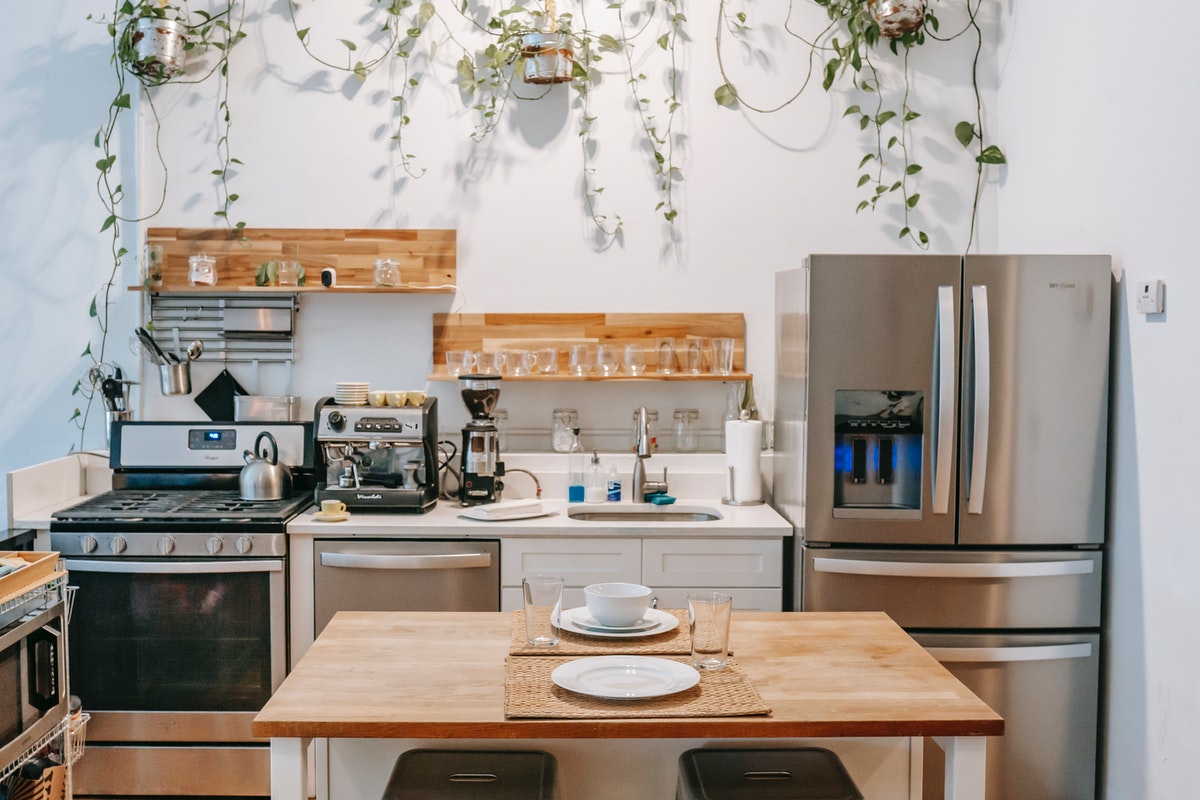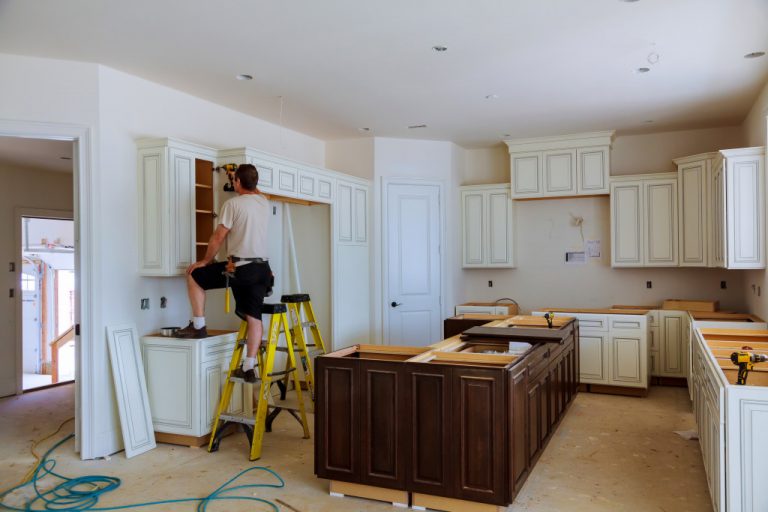If you’re a home design savvy with a flair for entrepreneurship, you might want to consider starting a home improvement brand. Last year, contractors, including home renovation and maintenance companies, have experienced a significant boom. Thanks to stay-at-home orders, the demand for bigger and more private spaces within the home was born.
Indeed, despite the economic impact of COVID-19, numerous homeowners still decided to revamp their abodes — and paid hefty money for it. The average cost for a renovation or remodel begins at around $46,000, according to HomeAdvisor. And in July 2020, most home renovation or remodel projects ranged from $18,158 and $76,140.
That said, here are the specific home makeover projects that boomed during the pandemic:
1. Home Office or Workspaces
Most home improvement projects during the pandemic were motivated by families staying home, even for work and school. As such, they needed a separate space for working or studying. Work desks, ergonomic chairs, and tabletop lamps became new essentials. And of course, those who could afford to convert a garage or a spare bedroom into a home office went for it.
The ones who already had an existing home office were lucky. But more recent homes, particularly the ones built after the 90s, didn’t normally have a home office space. And the lack of such a space hardly posed a problem pre-COVID-19, when remote working was often optional. Plus, back then, digital nomads may opt to work in coffee shops or co-working spaces. But since the pandemic triggered social distancing orders, digital nomads lost the option to work outside of their abodes.
Last year, during COVID-19’s first to second wave, the president and CEO of Steinberg Hart predicted that the apartment units their company would work on with a dedicated office space will rise to 75%. Before the pandemic, the company’s clients with a home office were only 10% to 15%.
So if you have a promising market demanding a home office or studying space, venture into this department of home improvement. You may just find yourself dealing with clients after clients.
2. Kitchen Remodeling
Staying at home for long periods urged people to cook more. Hence, many of them realized how inefficient their kitchens actually were all this time. This of course resulted in an influx of kitchen remodeling projects.
Outdated kitchens got a much-needed refreshment through new cabinetry with modern mechanisms such as soft-close drawers. People who needed extra storage realized that they could use the nooks and crannies as a place for skinny pull-out drawers, which could store utensils, cutting boards, and cookie sheets. Sinks with dead spaces in front also found a new purpose, which is a small storage for sponges and scrubbers.
A new appliance trend bloomed as well. Some people who didn’t own dishwashers before the pandemic bought one, and demanded a cabinet reconfiguring job so that they can install the appliance properly. The new trend was for dishwasher drawers in islands, which suited open-floor plans without plenty of walls for traditional dishwashers. But while not that many people bought a dishwasher during the pandemic, reconfigured cabinets were still in demand for a dishwasher in the future.
And since we’ve mentioned a kitchen island, many people also built one for their kitchens. Those who couldn’t fit one opted for a peninsula. Either could offer extra counter space for cooking and baking.
Kitchen flooring also saw a new demand. Shiny floors and ceramic tiles waved goodbye and made way for luxury vinyl. The pandemic created a trend for weathered “distressed-looking” styles since it doesn’t show dirt as easily as dark-wood colors. Moreover, luxury vinyl is easier to install and maintain.

3. Bathroom Remodeling
Because the pandemic had been stressful and anxiety-inducing for most, people leveled up their self-care rituals to relax. As such, bathroom remodeling projects saw a huge hit, with spa-like features becoming the most in-demand change.
Aside from luxurious self-care rituals, though, old and outdated bathroom designs also urged people to splurge on a remodel. They also had specific desires, including extra storage and bigger shower spaces. Master bathrooms were the ones remodeled the most since its owners wanted an updated design, improved functionality, and more lighting, workspace, and storage.
With regard to the bathroom color palette, white walls, counters, and fixtures still topped, but some bolder colors also gained popularity, especially for accent features. Many people chose custom colors for their vanities, such as greens, blues, and pinks. The preference for natural wood vanities, on the other hand, declined.
Seeing these top home makeover projects, we can gather that people valued their well-being more during the pandemic. Instead of putting up with inefficient spaces and waiting for things to go back to normal, they adapted to the change quickly and considered the long-term impacts of the pandemic. So ride the waves as well, and start a business that can support the new behavior of homeowners.




